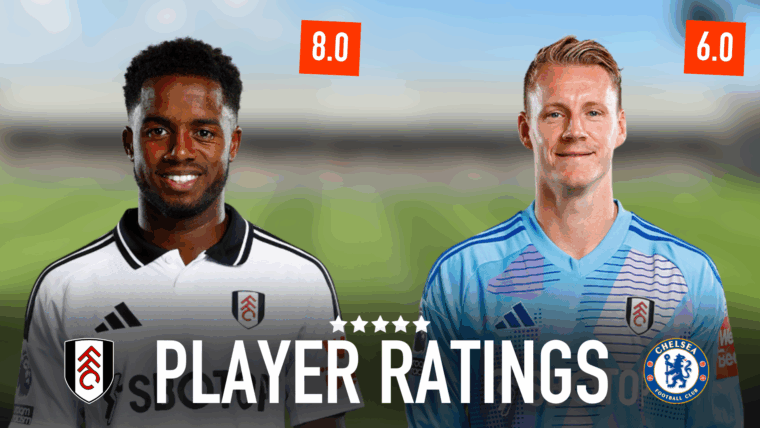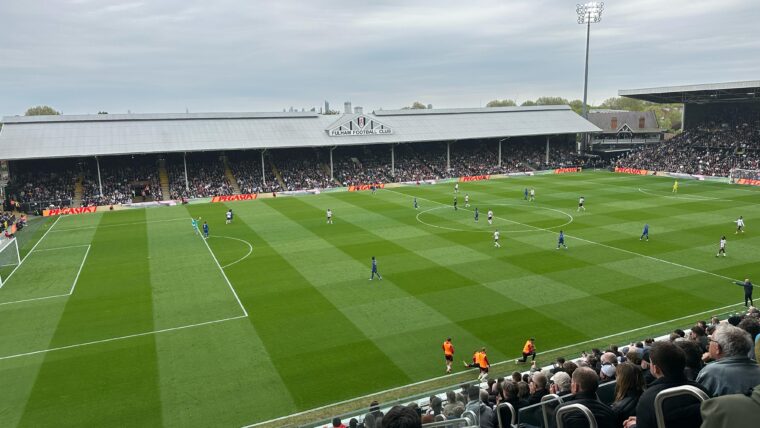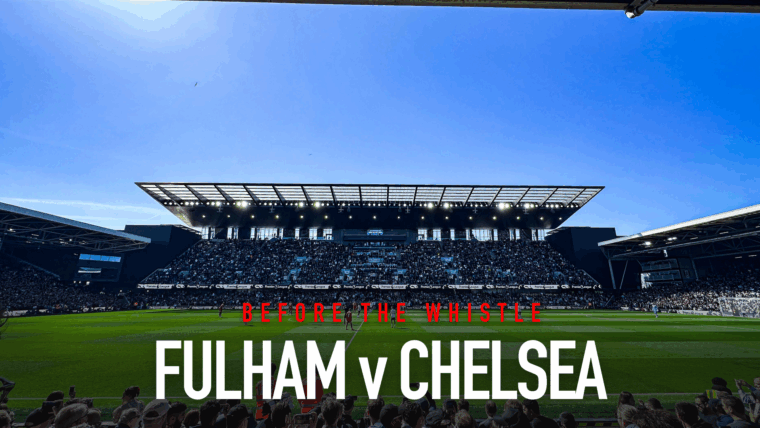How The Bees Were Stung. Part 2: Attacking
Written by Eamon Levin on 24th August 2020

Eamon follows up his previous piece with a look at our attacking play from the play-off final.
Finals are often labelled as cagey affairs. And that’s often true. By their very nature, finals are important. As such, teams often play conservatively, hoping one mistake from the opposition or one great piece of skill can help them carve out an advantage. In a game as important as the Championship play-off final, it was inevitable that both teams would naturally play more conservatively than in any run-of-the-mill Championship fixture. The goalless scoreline after 90 minutes was evidence of that. Parker created an effective defensive plan, but that was expected given his team’s style of play all year. The real question was: How are we going to score?
Parker had to create an offense that exposed Brentford’s weaknesses and didn’t sacrifice Fulham’s defensive foundation. He also had to make sure it was simple enough for his players to grasp in the middle of a £200 million game. Already preoccupied with their defensive positioning, not losing their marks and avoiding errors, a simple offensive game-plan was key to making the player’s lives easier. Additionally, a simple offensive plan limits the amount of thinking that has to be done on the pitch, which limits opportunities for mistakes and allows for faster play.
With this in mind, Parker came up with three key ideas that would help his side finish the job:
- Attack with efficiency and move the ball forward when available.
- Take advantage of Benrahmas’ laziness and attack with Kebano down the right.
- As the game continues, transition to a long-ball game, using our forward player’s strength, speed and energy to win the field position battle.
Attack with efficiency
Fulham had to attack with efficiency and move the ball forward when available. Parker knew that both teams would possess the ball for long periods during the game and so the few attacking chances had to be taken. Kebano and Onomah were excellent here. Every time Kebano received the ball wide he faced up his defender, attempting to beat him and get off a shot or get to the byline to put in a cross, without hesitation. Onomah often looked to turn and move the ball forward either with a pass or by himself. In fact, it was the combination of the two players that created the White’s most dangerous chances: Fulham’s defenders would win the ball in the air, find Onomah, who would turn and seek out Kebano, who would immediately attack the full-back.
Embed from Getty ImagesFind the right side
It was no coincidence that Onomah and Kebano were the most efficient and forward-minded players on the field. Parker had identified the right wing to be Brentford’s weak link defensively because of Said Benrahma’s defensive laziness. While Brentford’s left winger has been praised for his great attacking play, its obvious from watching any Brentford game that Benrahma’s attacking prowess sacrifices much of his defensive work, often leaving Brentford’s left back isolated on defense.
Kebano was moved to the right wing solely to exploit Benrahma’s defensive lapses. We often saw him on the left throughout the season, including during his recent run of form – both of his recent goals in open play, against Sheffield Wednesday and his equalizer against Cardiff, came from positions on the left. Parker was so adamant about taking advantage of Benrahma’s slow defensive recovery that he put Kebano in a position that he rarely played this year and took him away from a position at which he excelled.
Embed from Getty ImagesPlaying down the right also has the added benefit of being simple. With so much going into defending, adding complicated positioning and patterns to the offense would’ve created more decision making for the players. Each decision-making opportunity is a potential mistake waiting to happen, so limiting these opportunities was important. Find Onomah in the middle. Turn. Play wide right to Kebano. Attack. Simple.
Go long as the game progresses
Fulham used the long ball to eliminate Brentford’s press while simultaneously playing to the strengths of our front players – speed, physical strength and energy. Parker had to find an attack that didn’t risk jeopardizing his defensive game plan. Brantford’s fast and high-pressing front five ruled out intricate build-up play in the defensive third because Fulham couldn’t risk making mistakes so close to their own goal. Additionally, with Brentford playing Da Silva and Jensen as two forward midfielders marking Cairney and Reed, this option became impossible.
Embed from Getty ImagesPlaying long-ball became the preferred option. As the game entered its later stages, it was clear Fulham’s forward players had more speed, with Kamara having moved to the left, strength, with Mitrovic down the middle, and energy, with Knockaert on the right. Following a kick up-field, our players often won possession or pressed and successfully won the ball back. It was Kamaras’ pace that opened space in the middle for Onomah to win the foul which lead to Bryan’s free kick for the first goal, all stemming from a long kick out from Rodak.
Lacking for most of the season, the whites had a clear identity against Brentford. Often this year it seemed like Parker just put out his best players and said, “Go score goals!” However, there was a clear offensive system in the final.
The offense was direct, playing through Onomah, and had a clear identity: attacking down the right and winning the field position battle as the game went on. As he did with the defense, Parker exploited Brentford’s weaknesses and supported his side’s strengths. He has shown great progress since football resumed, culminating in a well-thought-out and superbly-executed game plan in the final.



